Venturing into Yellowstone's winter wonderland offers more than just a blanket of snow; it's a window into the secret lives of the park's inhabitants through the fascinating imprints they leave behind. In this guide, we'll uncover the subtle clues that reveal the presence of 10 notable species.
Imagine stumbling upon a mysterious slide mark alongside footprints—a hint of playful behavior in the harsh cold. These signs are keys to understanding the daily dramas that unfold in this snowy landscape. Read on to uncover these and other secrets etched in the snow, offering a glimpse into the lives of Yellowstone's most fascinating animals.
1. Gray Wolf Tracks
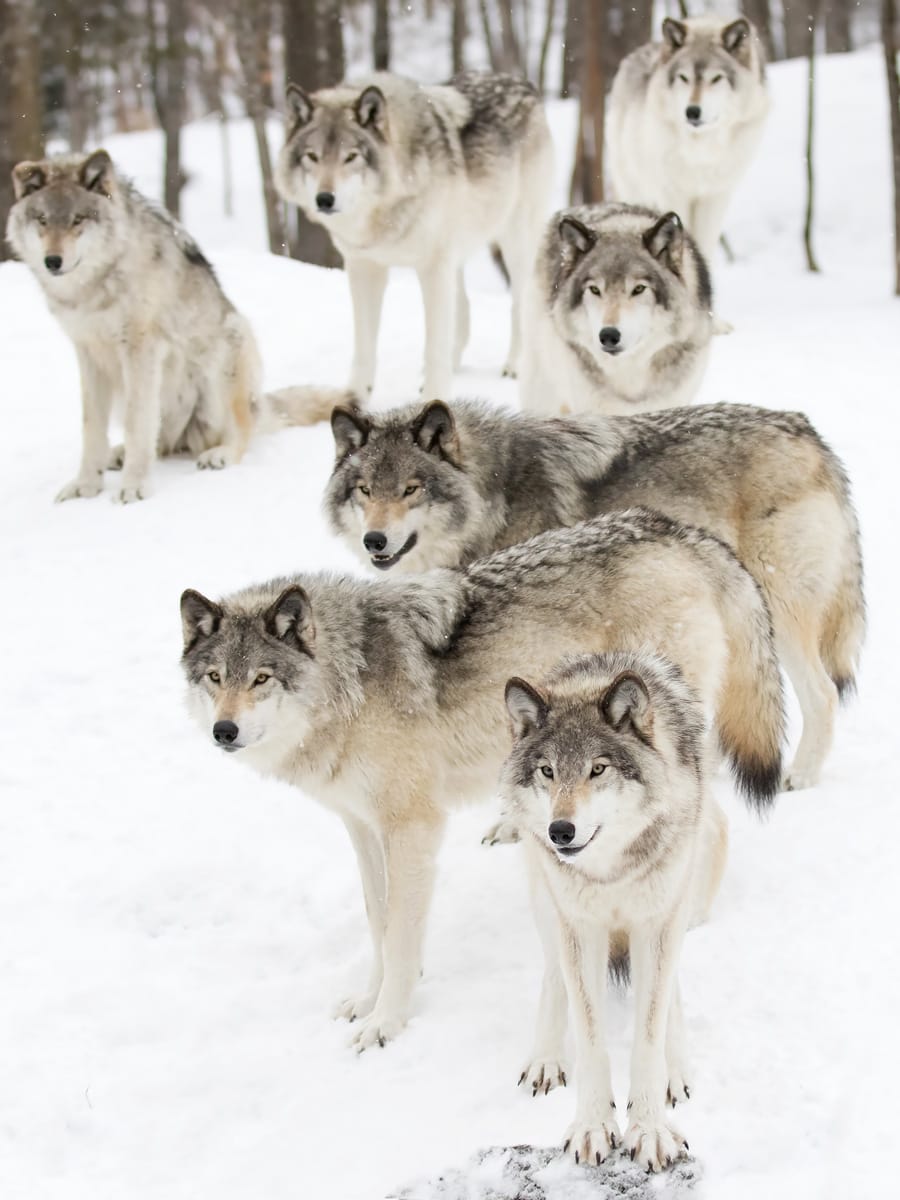
Look for large, oval prints about 4 to 5 inches long with four toes and claw marks; wolves have a direct travel pattern, often in a straight line which can indicate pack movement.
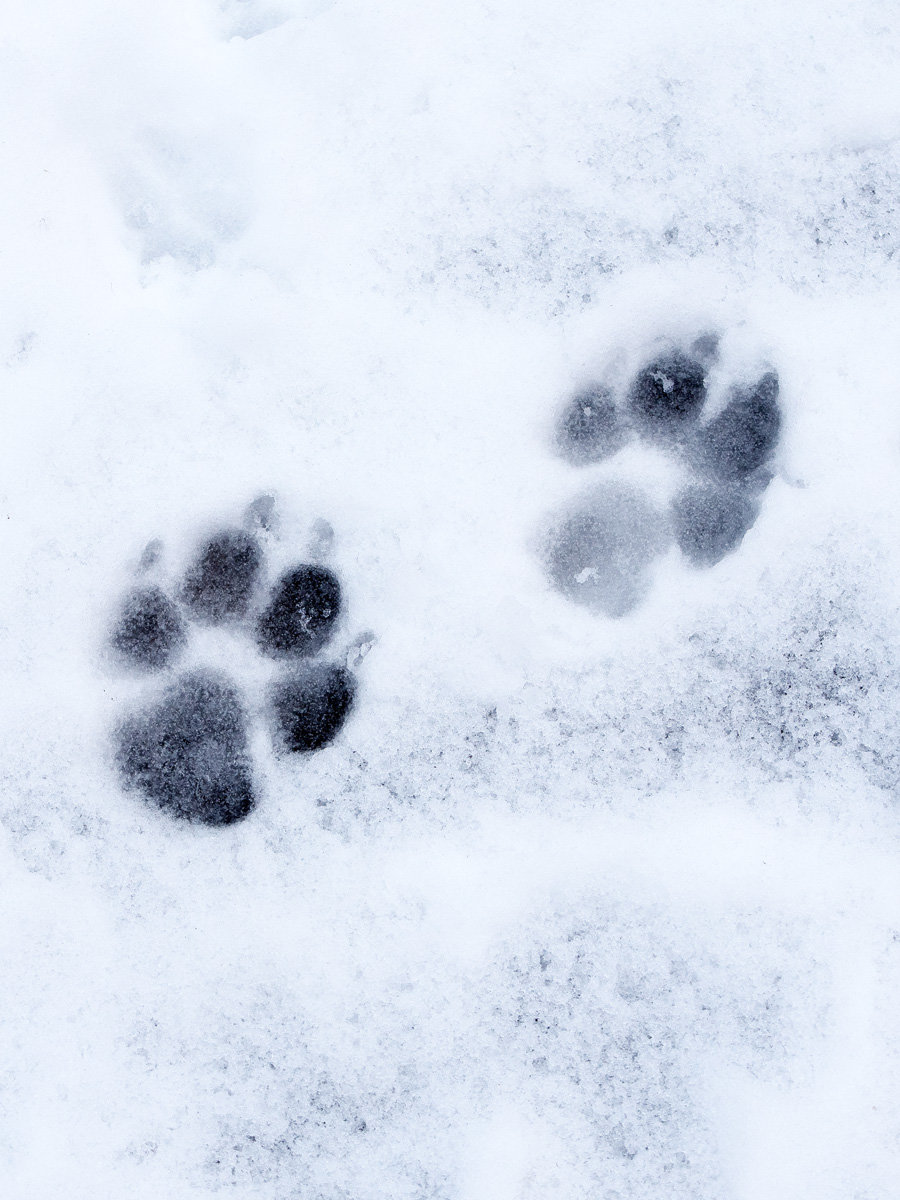
For those interested in observing these animals beyond their tracks, a guide on Where To See Wolves In Yellowstone can be quite handy. In winter, their tracks can lead you to frozen water sources or hunting grounds. Remember, wolves are pack animals, so where there's one track, there are likely more.
2. American Bison Tracks
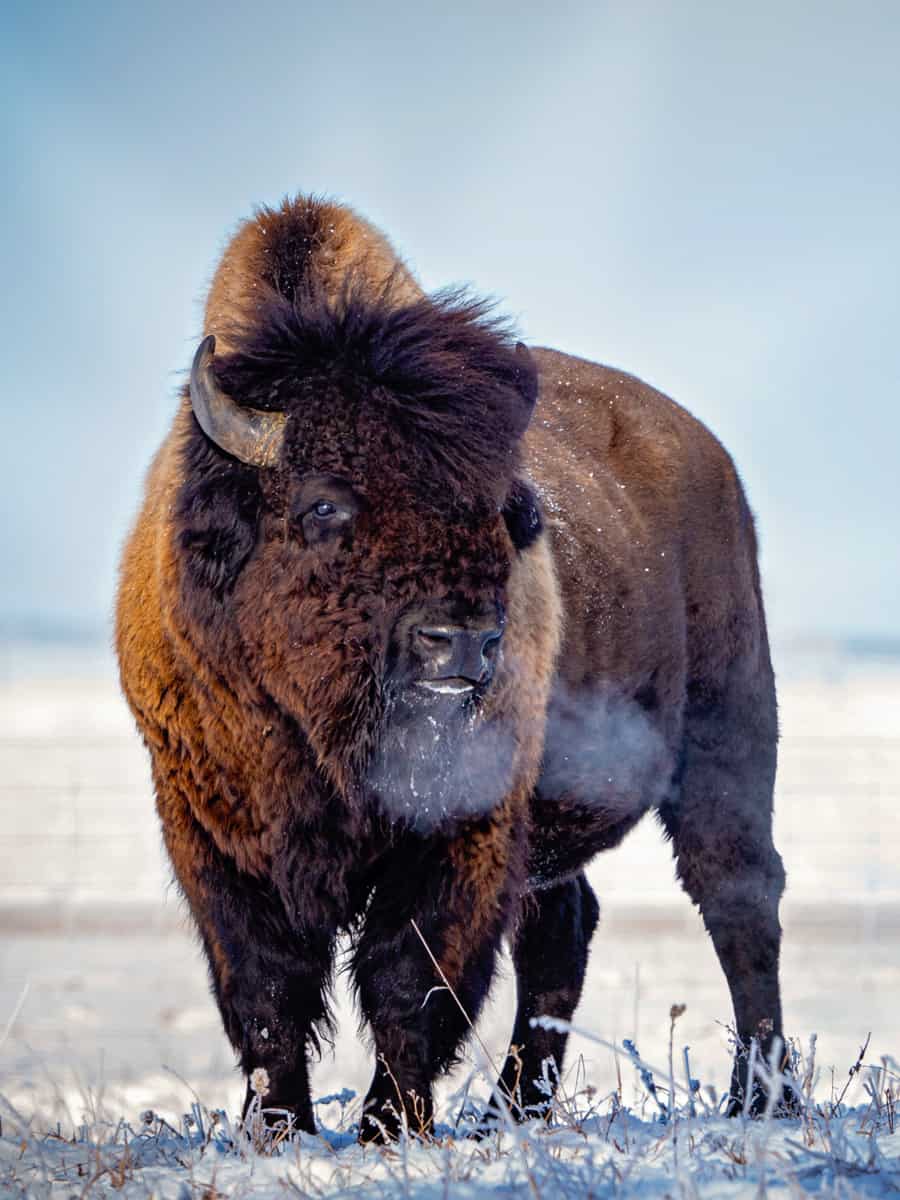
Bison tracks are hefty and round, sometimes as big as 6 inches across, with two toes forming a heart shape. Their deep imprints reflect their weight and can often be found near geothermal areas where they go to stay warm.
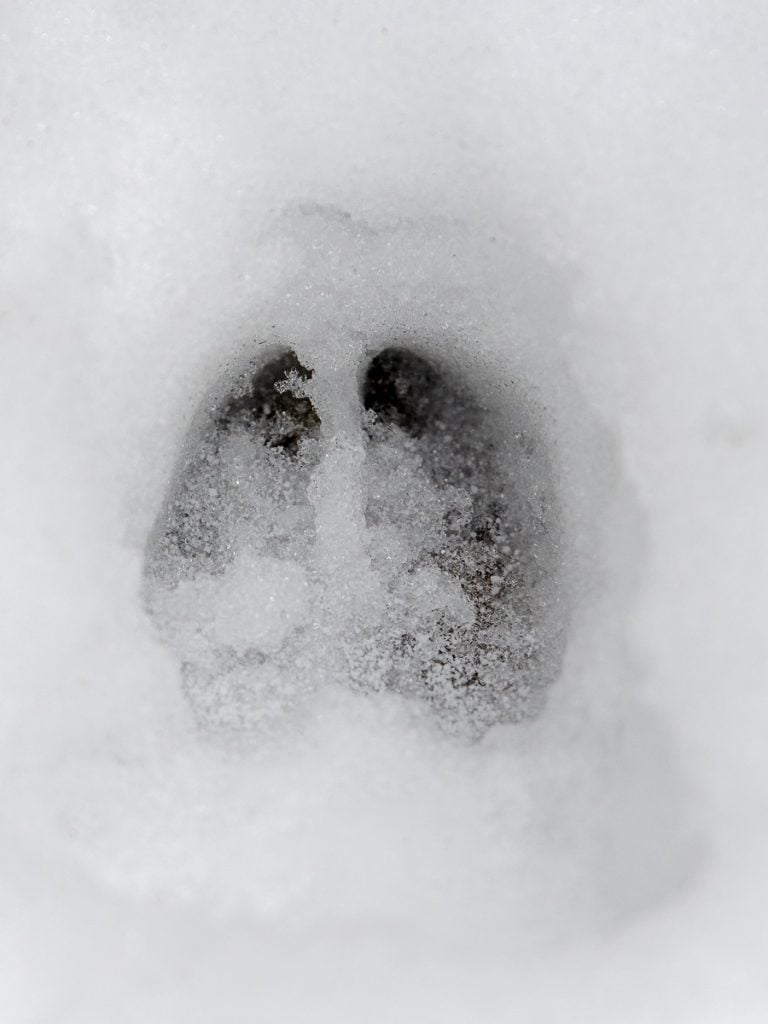
If you're looking to spot these majestic animals, consider checking out Where To See Bison In Yellowstone. During winter, bison tend to use the same paths to conserve energy, so their tracks can help you predict their movements.
3. Elk Tracks
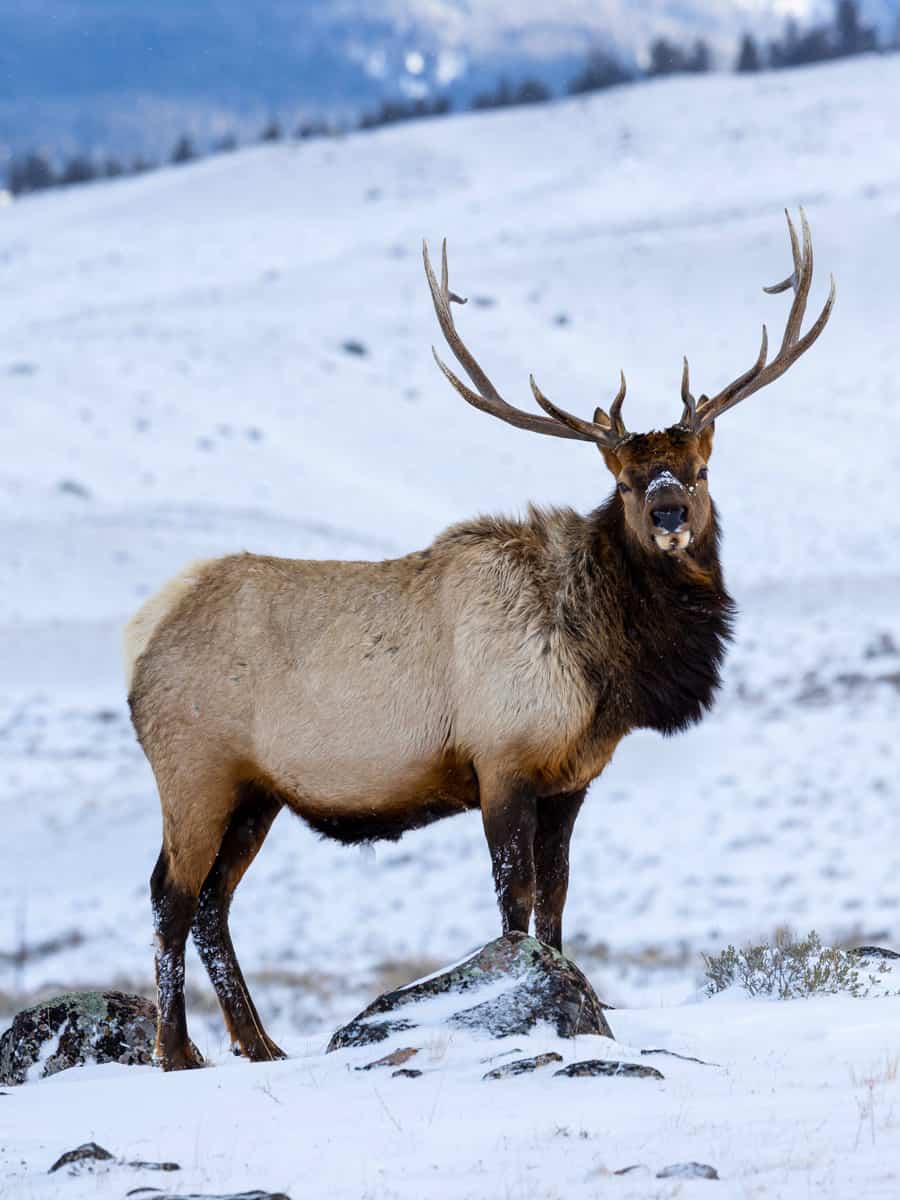
Elk leave behind smaller, more oblong tracks than bison, about 3 to 4 inches long, with two toes that spread out widely.
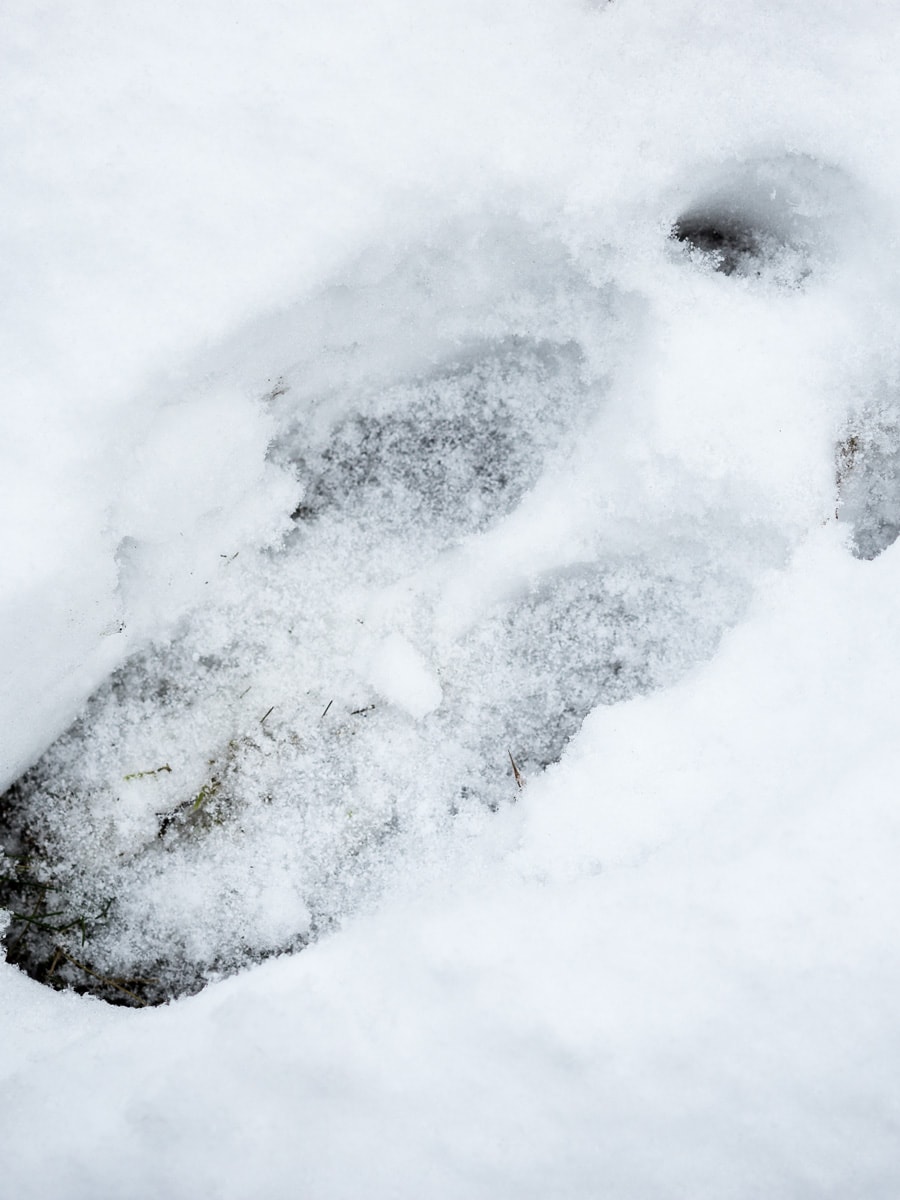
In winter, look for these tracks in areas where the snow is shallower, as elk seek out easier paths and accessible vegetation. Their trails can often be seen crisscrossing open meadows and riverbanks where they forage.
4. Coyote Tracks
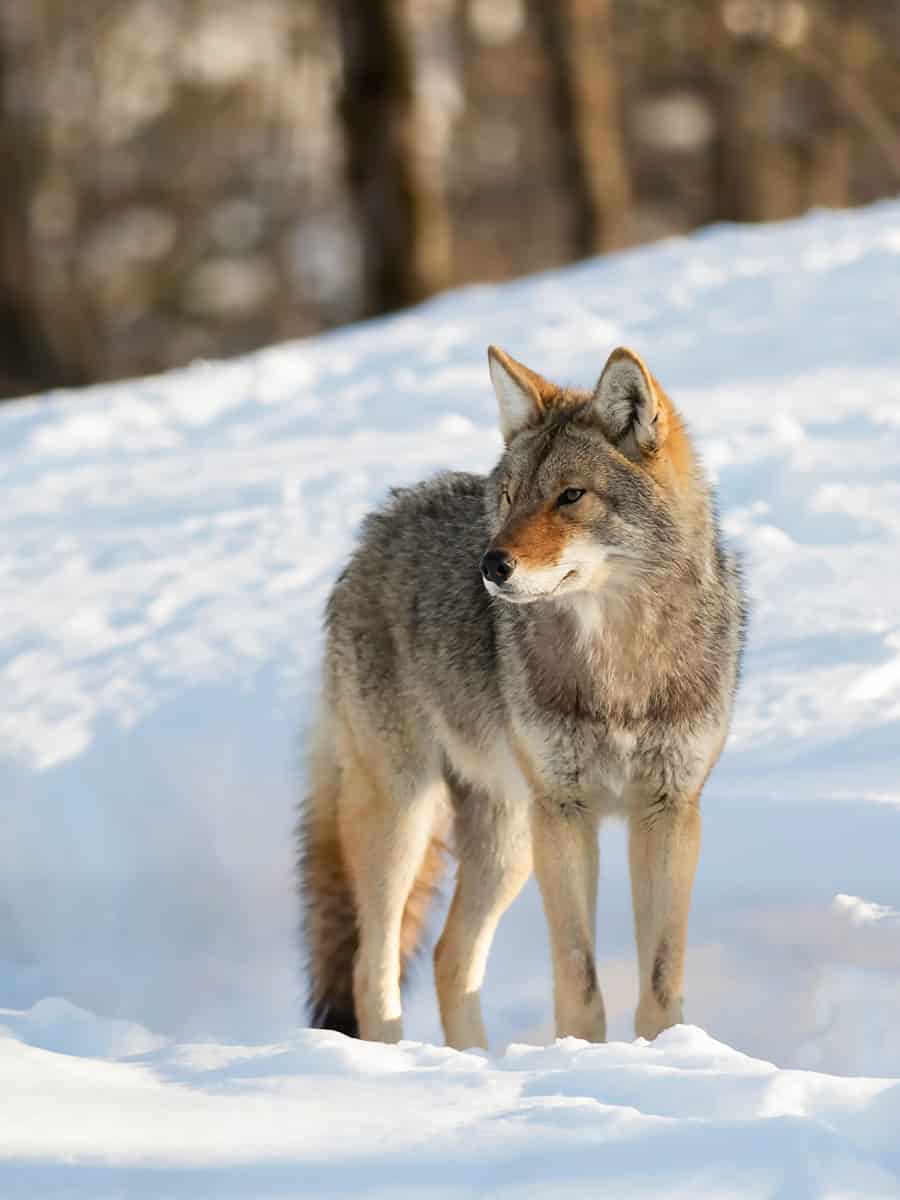
Coyote prints are smaller than wolves, around 2.5 to 3.5 inches long, with four toes and visible claws.
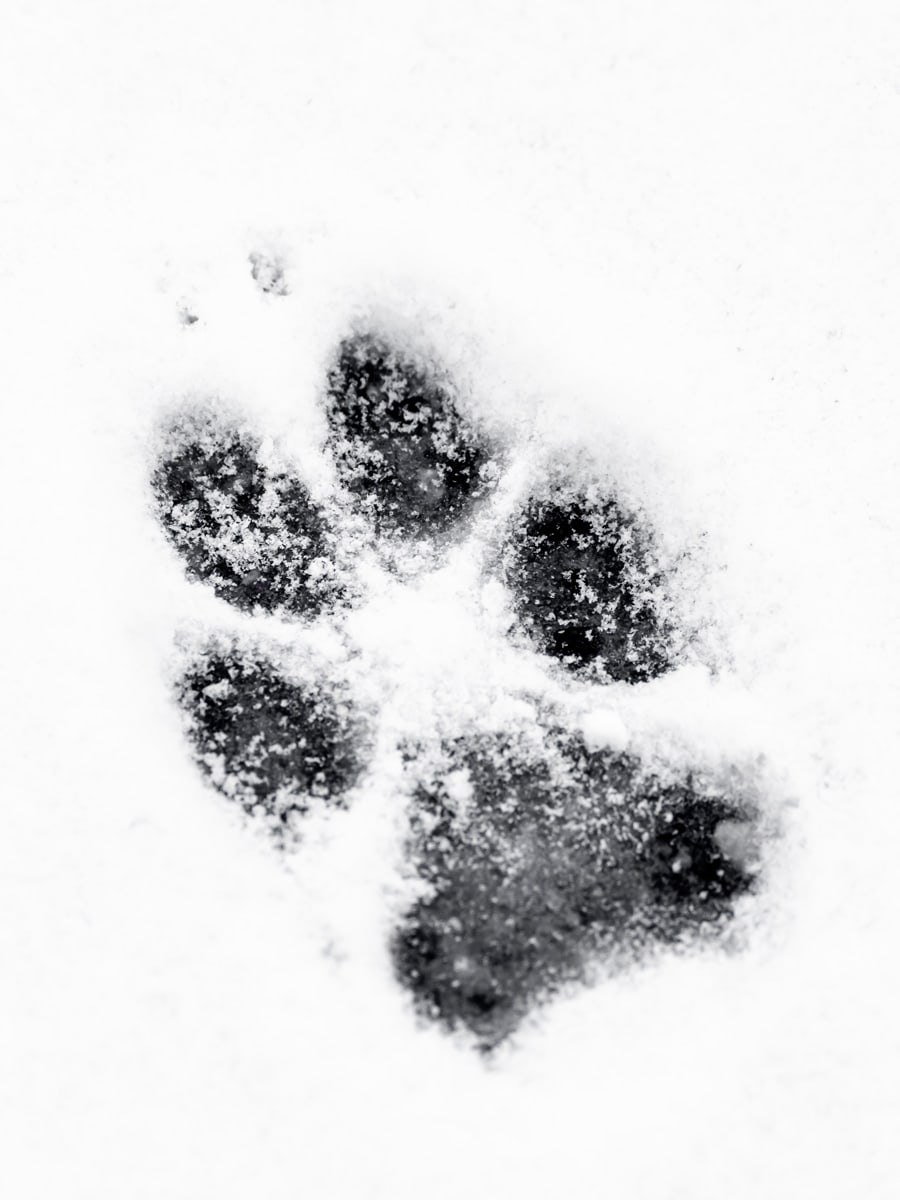
Coyotes often move in a zigzag pattern as they hunt for small mammals, so their tracks may lead you to active hunting grounds. In the snow, you'll find their tracks are more direct than in other seasons, as they conserve energy and travel the path of least resistance.
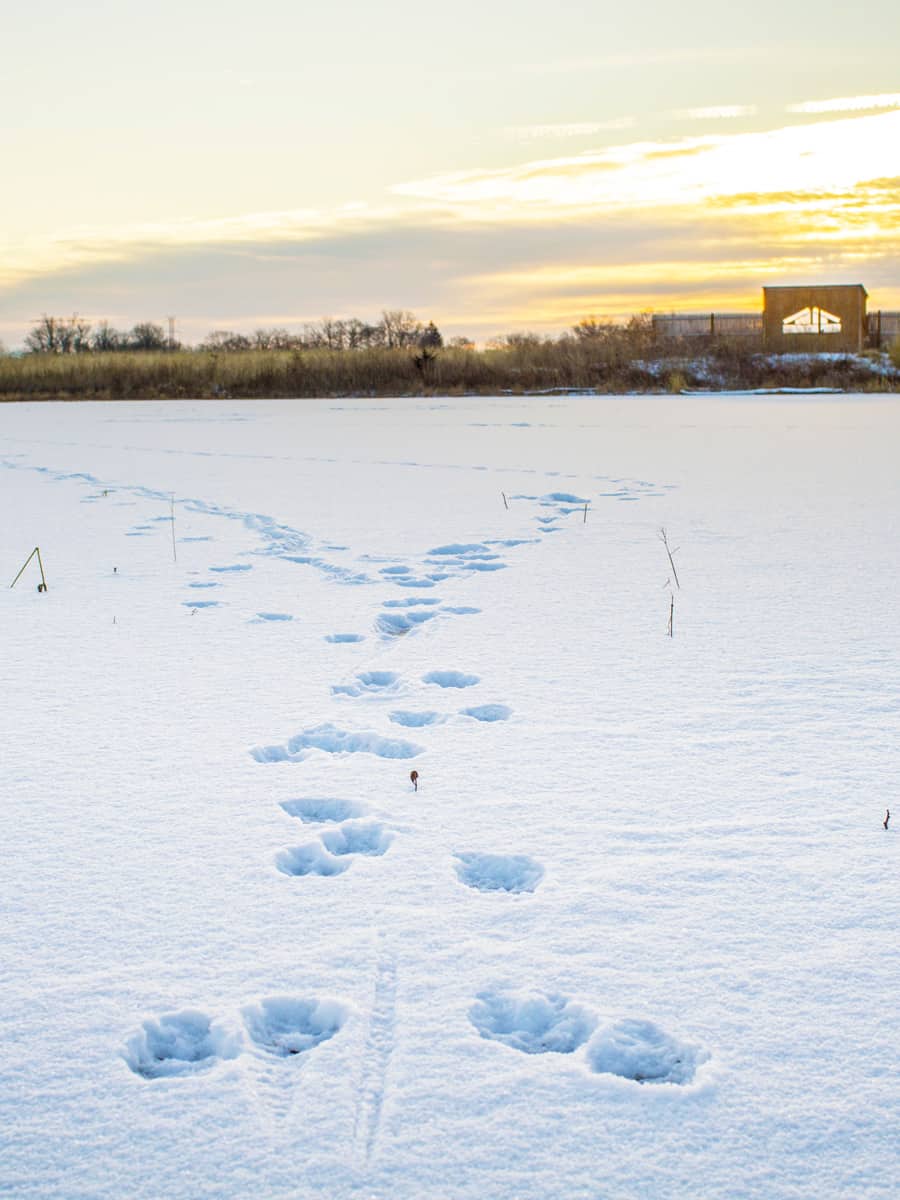
5. Red Fox Tracks
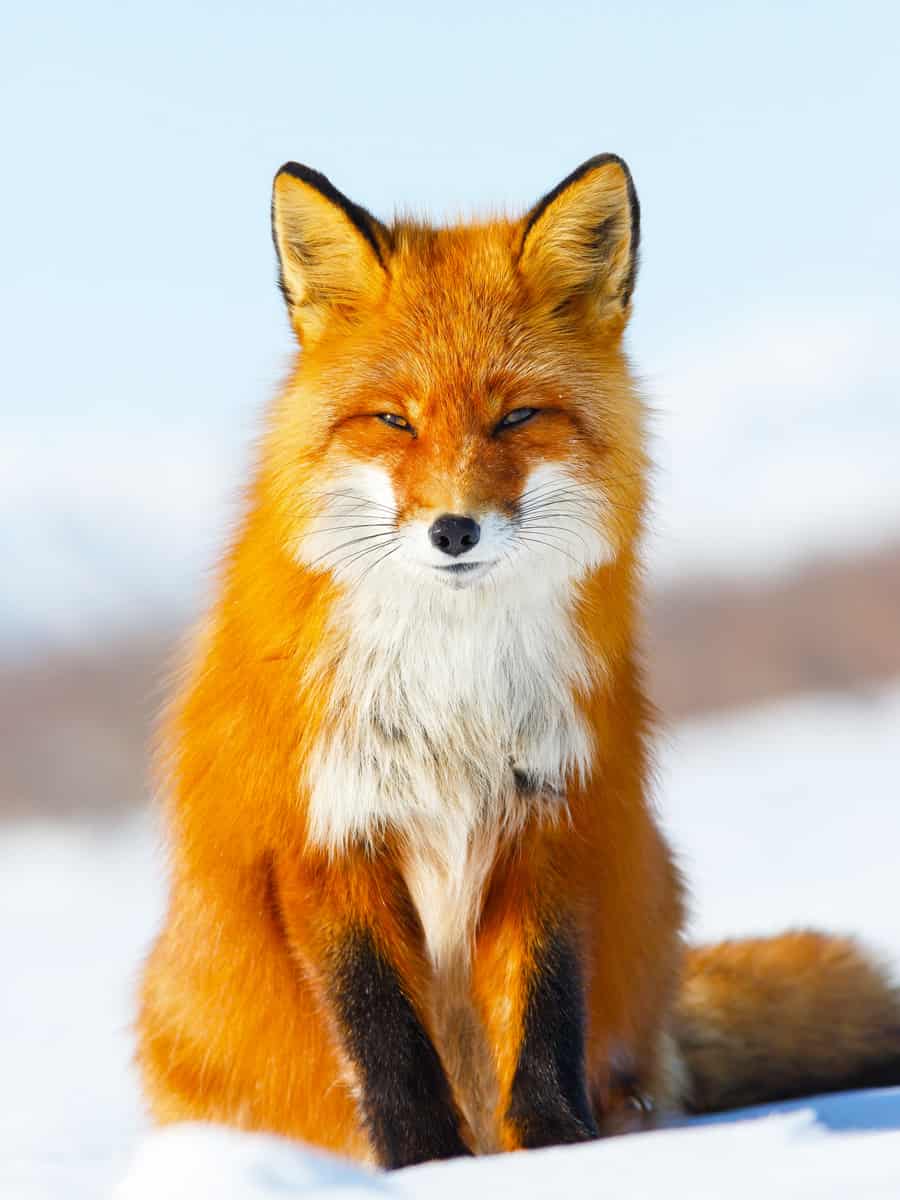
Red fox prints are compact and measure roughly 2 inches in size, with a distinct fur outline and four toes showing in their tracks.
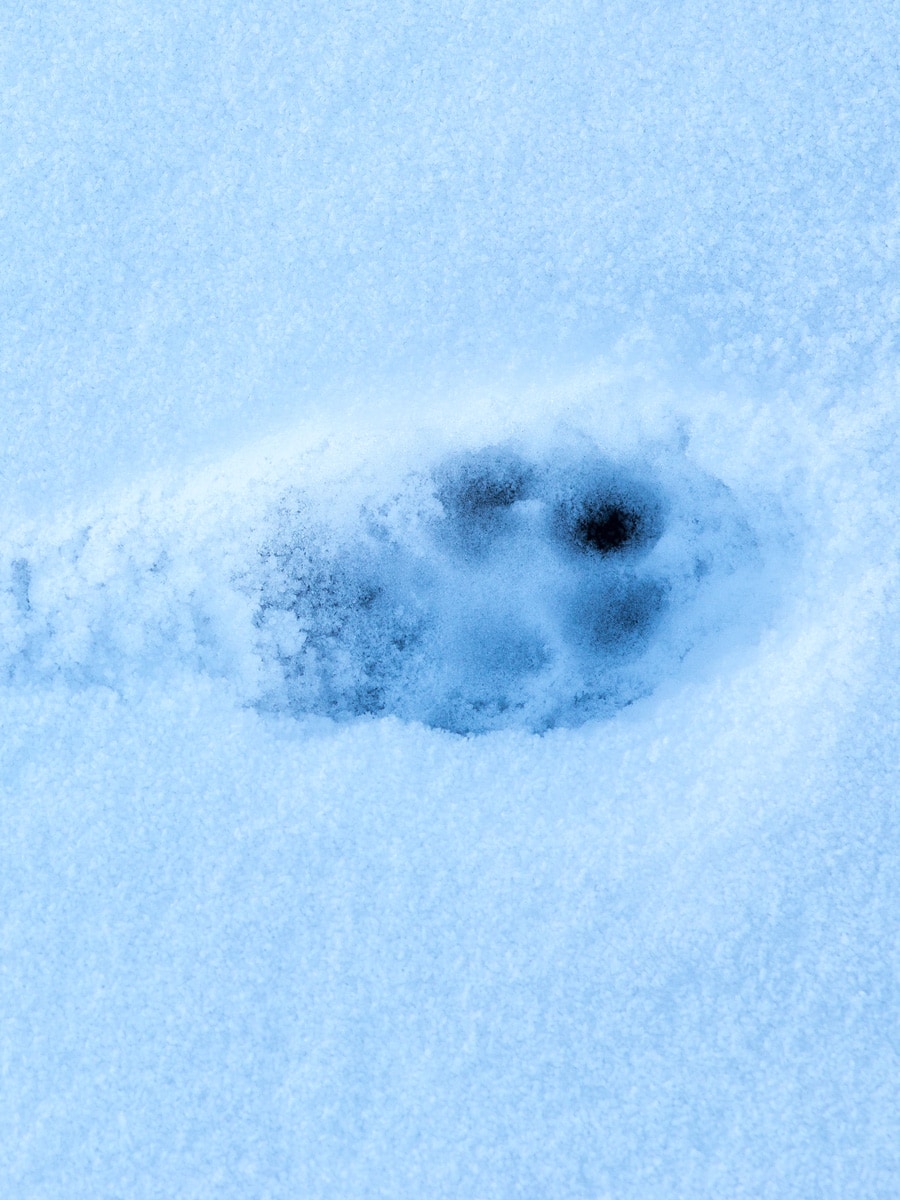
They often travel in a straight line, with each print directly in front of the other, which is a behavior known as direct registering. In winter, you might find these tracks around trees or bushes where foxes search for food or take shelter.
6. Grizzly Bear Tracks
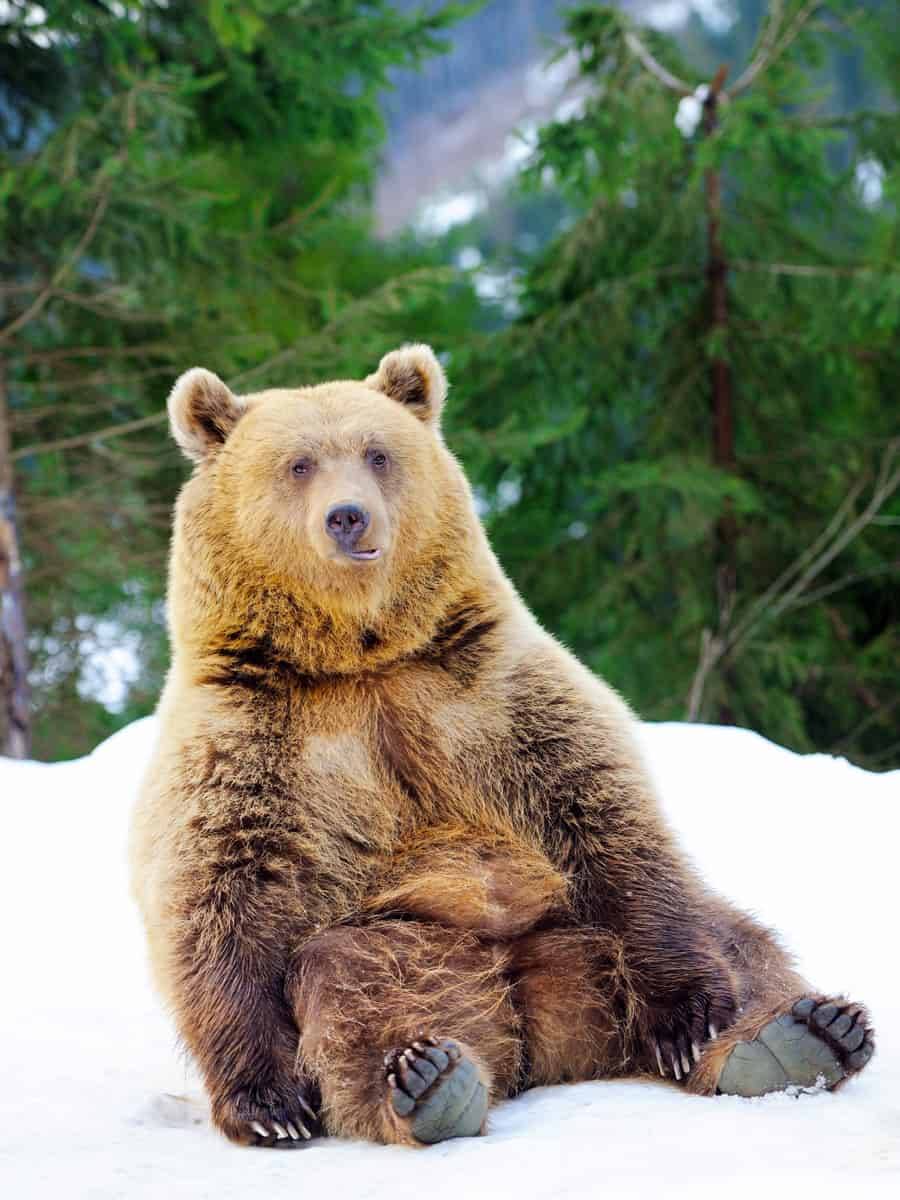
Grizzly bear paw prints are massive, with the front paws up to 8 inches wide and hind paws even larger. Each print has five toes and the imprints of their claws can be quite prominent in the snow.
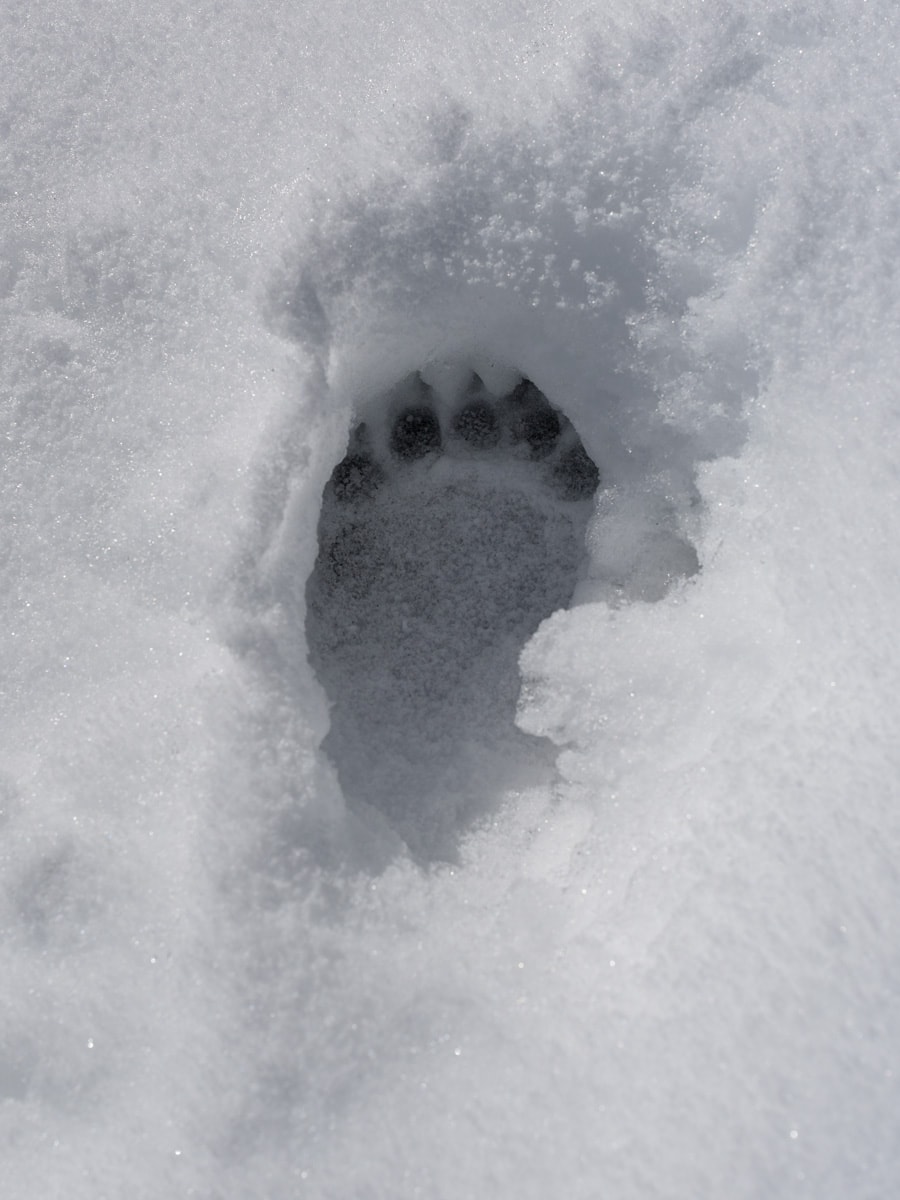
During the colder months, however, it's rare to find grizzly tracks as these bears usually hibernate, but in cases where they do emerge, you might find their tracks on lower-elevation trails or near food sources like carcasses.
7. Bobcat Tracks
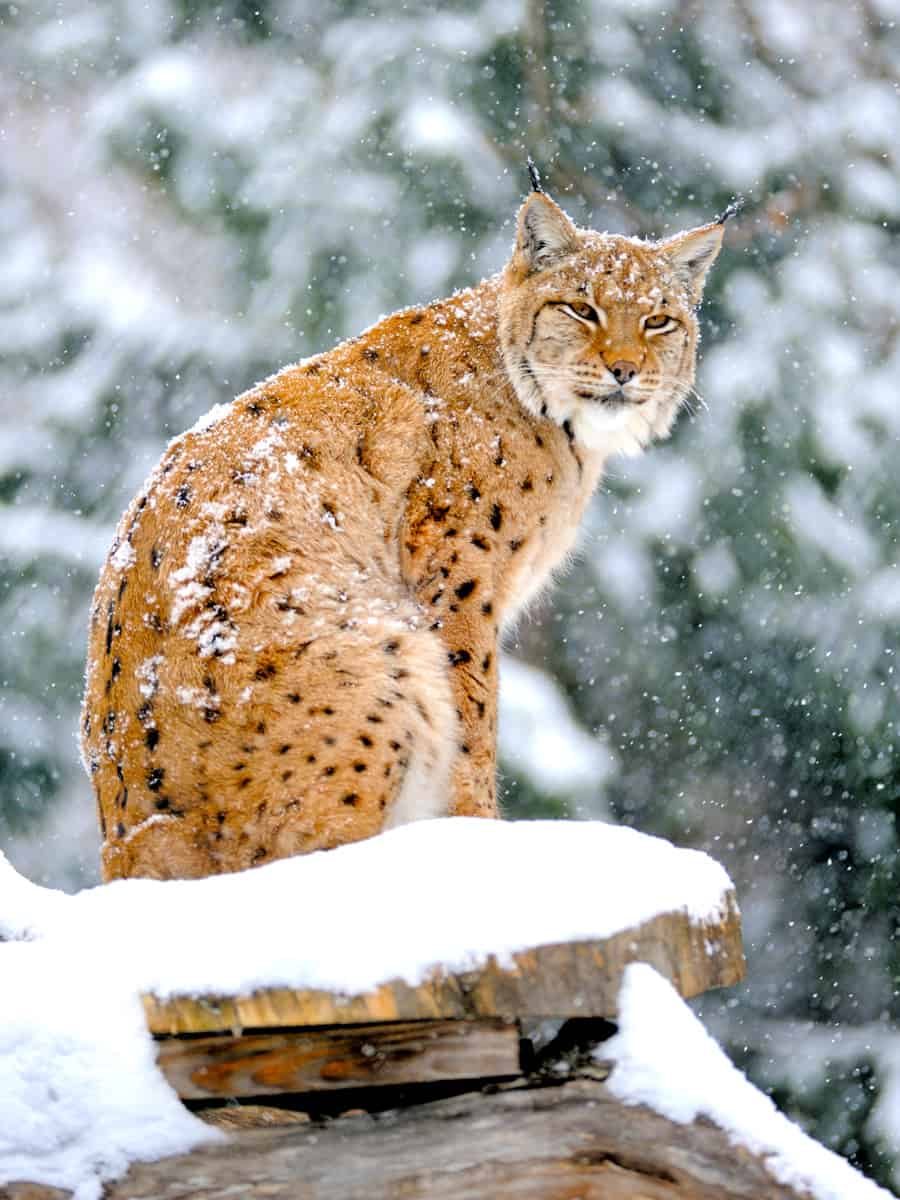
Bobcat tracks are around 2 inches in size and show four toes without claw marks, as their claws are retractable. These tracks are typically round in shape, and you'll notice a lack of drag marks since bobcats lift their feet cleanly when they walk.
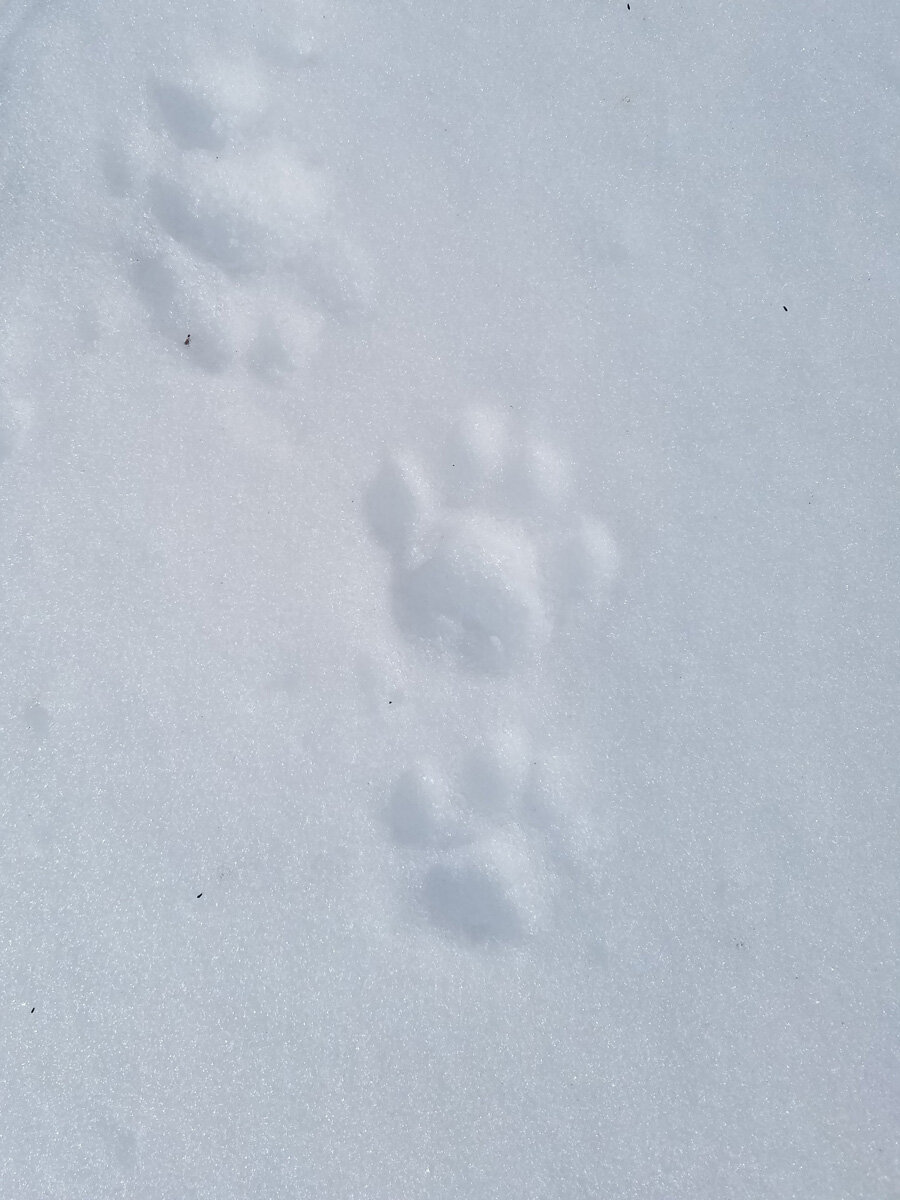
In winter, their tracks can often be found in forested areas or near rocky outcrops, where they hunt for prey and seek shelter.
8. River Otter Tracks
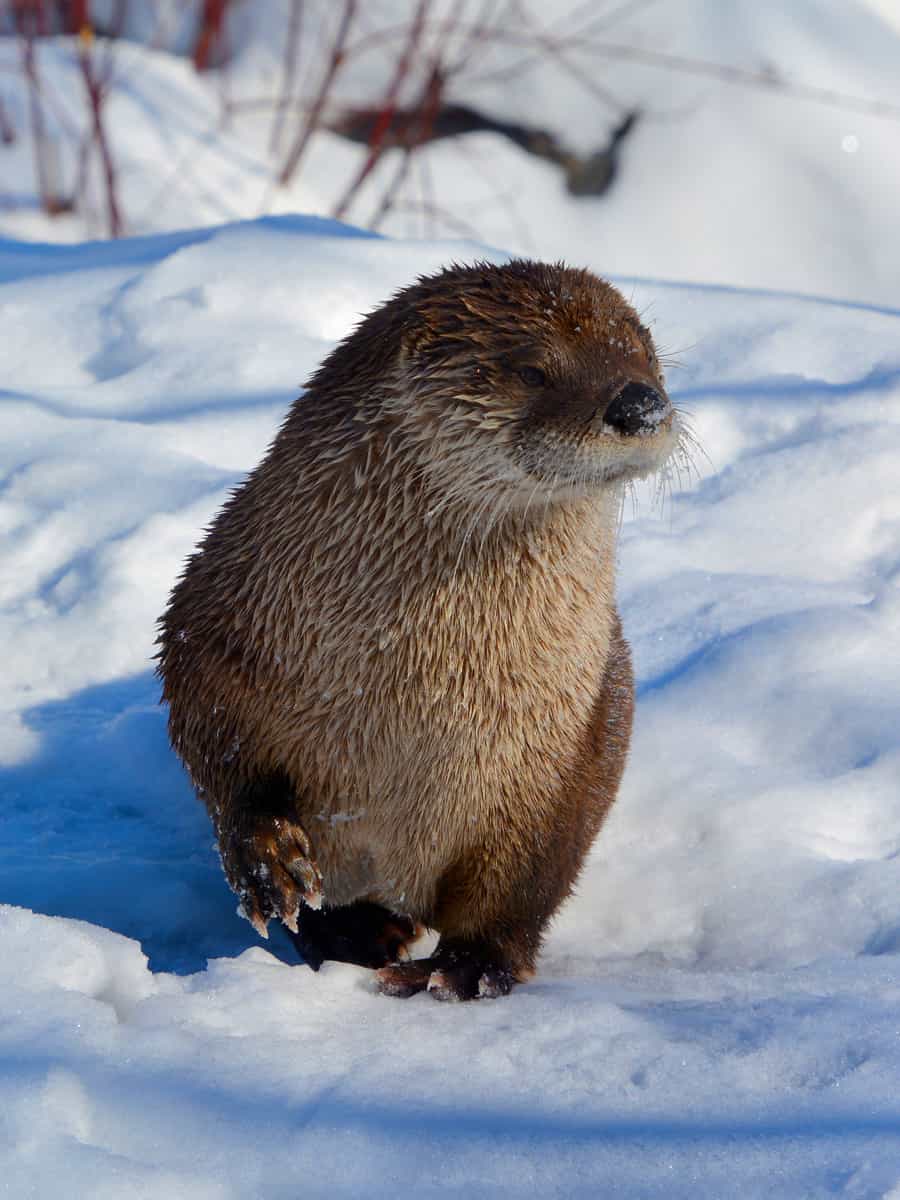
Otter tracks include five toe prints and may show webbing, indicative of their aquatic nature.
These tracks are playful in appearance, often accompanied by long sliding marks where otters have belly-slid across the snow. If you're near frozen rivers or streams, watch out for these unique tracks, as otters continue to be active in winter, using holes in the ice to fish for food.
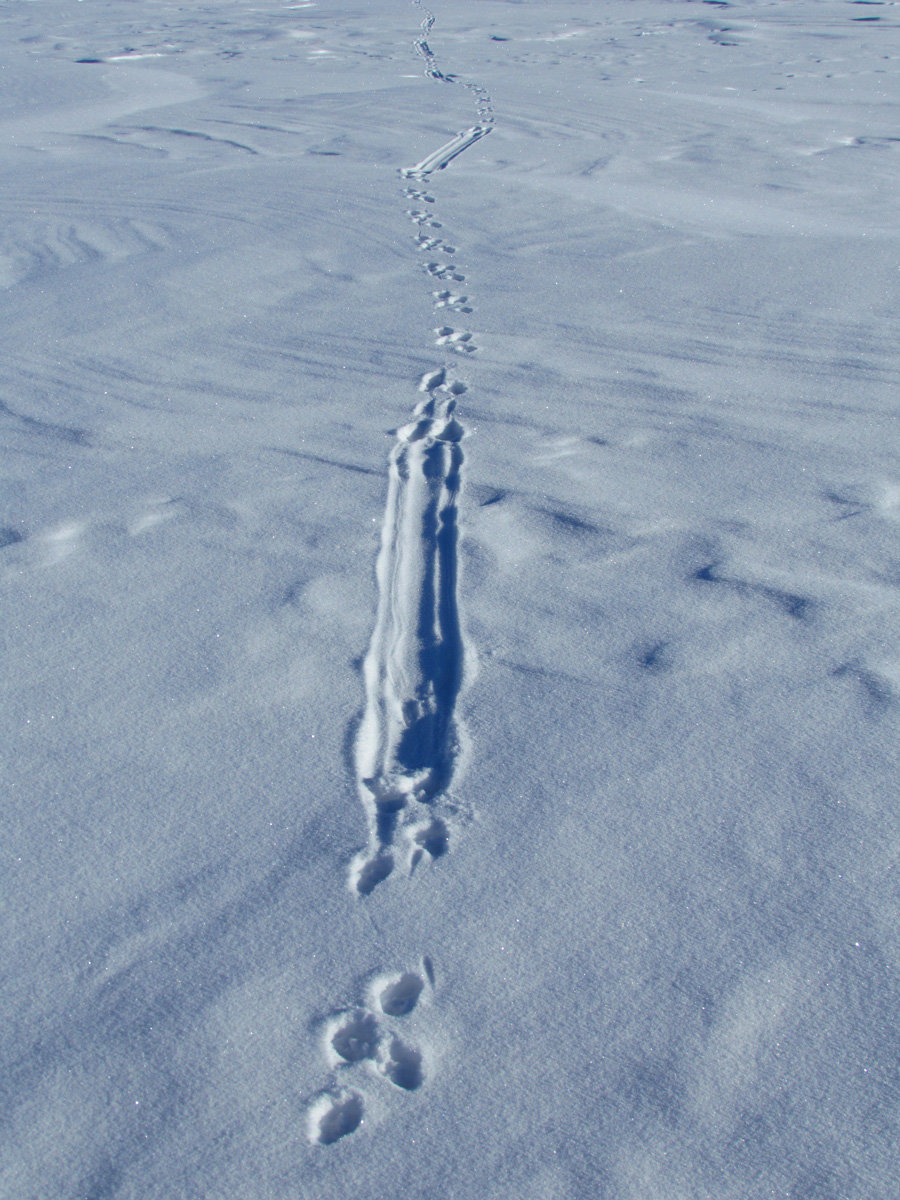
9. Snowshoe Hare Tracks
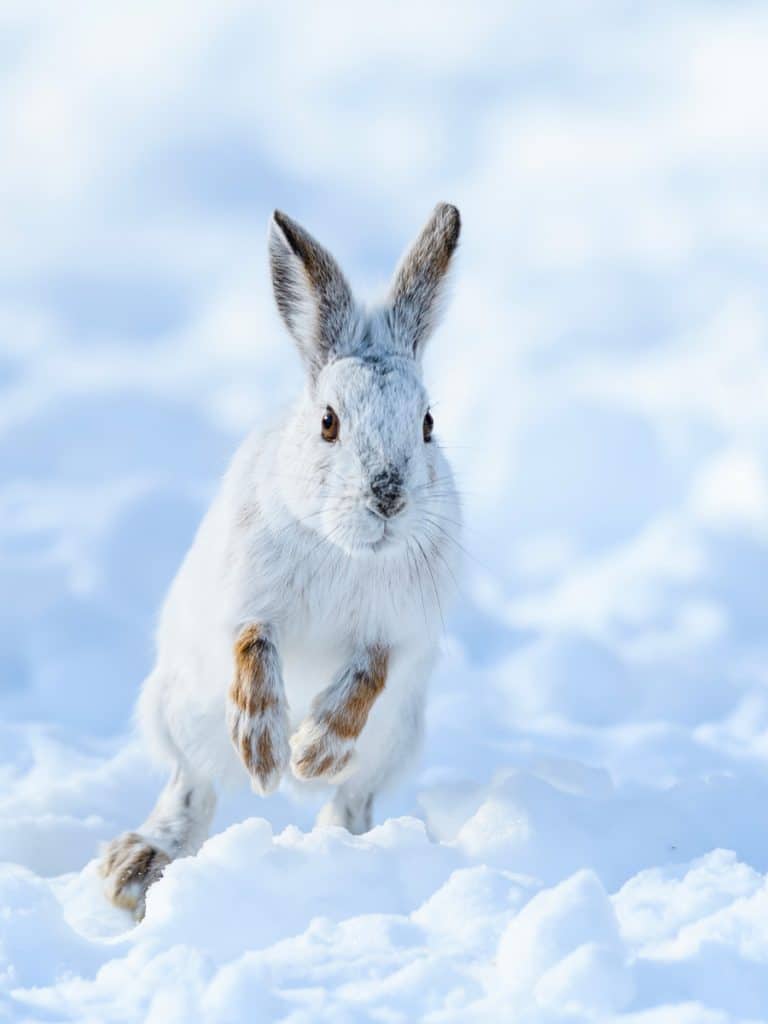
The size and shape of snowshoe hare's tracks are generally oval, with the hind feet's tracks measuring around 3 to 6 inches in length.
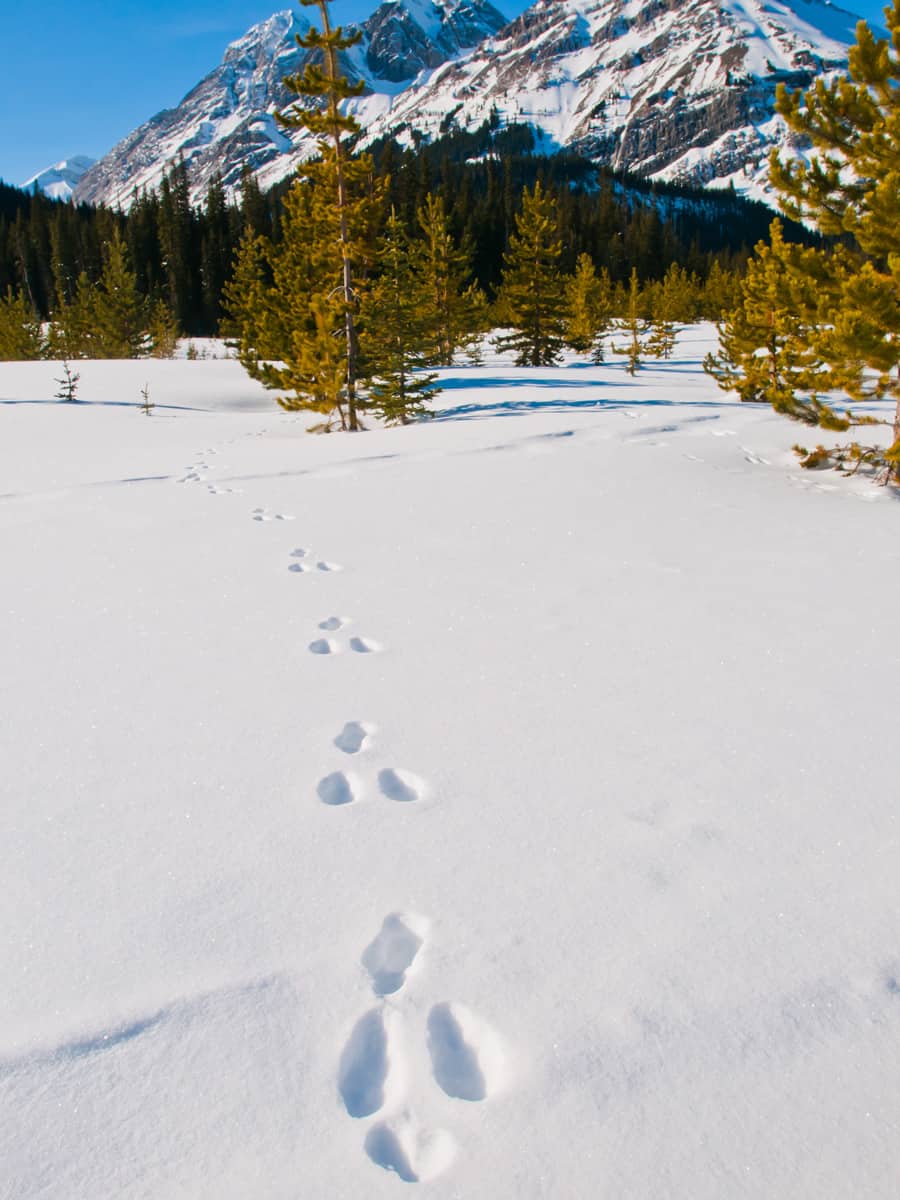
The typical track pattern consists of a sequence of pairs, with the hind feet landing ahead of where the forefeet were.
Their bounding gait creates a distinctive pattern in the snow, which can sometimes appear erratic due to their quick jumping movements. Look for these tracks in brushy areas or near the edges of forests, where they find cover and forage for food, even in the depths of winter.
10. Moose Tracks
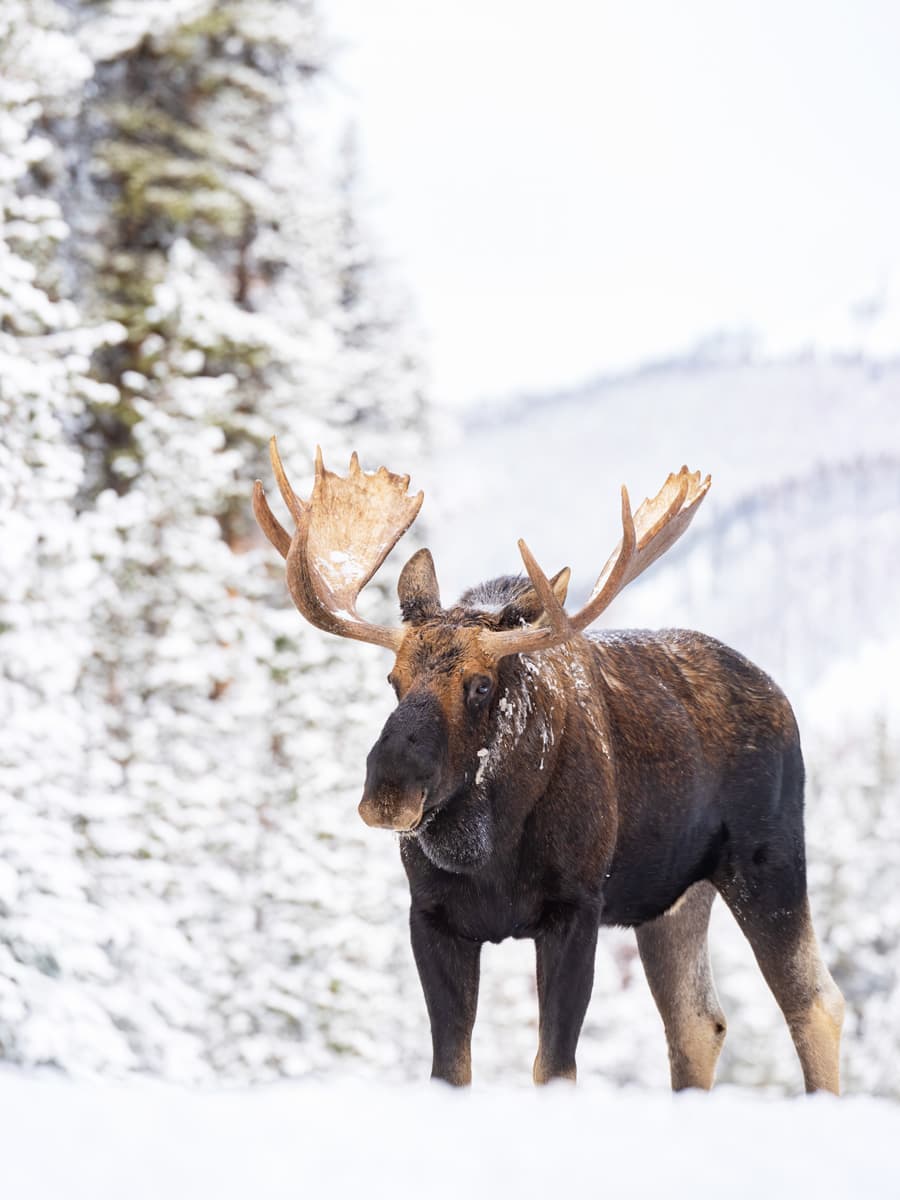
Moose tracks are notable for their size, with the front hooves spreading up to 5 inches wide, much larger than elk tracks. These tracks can be found in snowy areas where moose browse for willows and other vegetation.
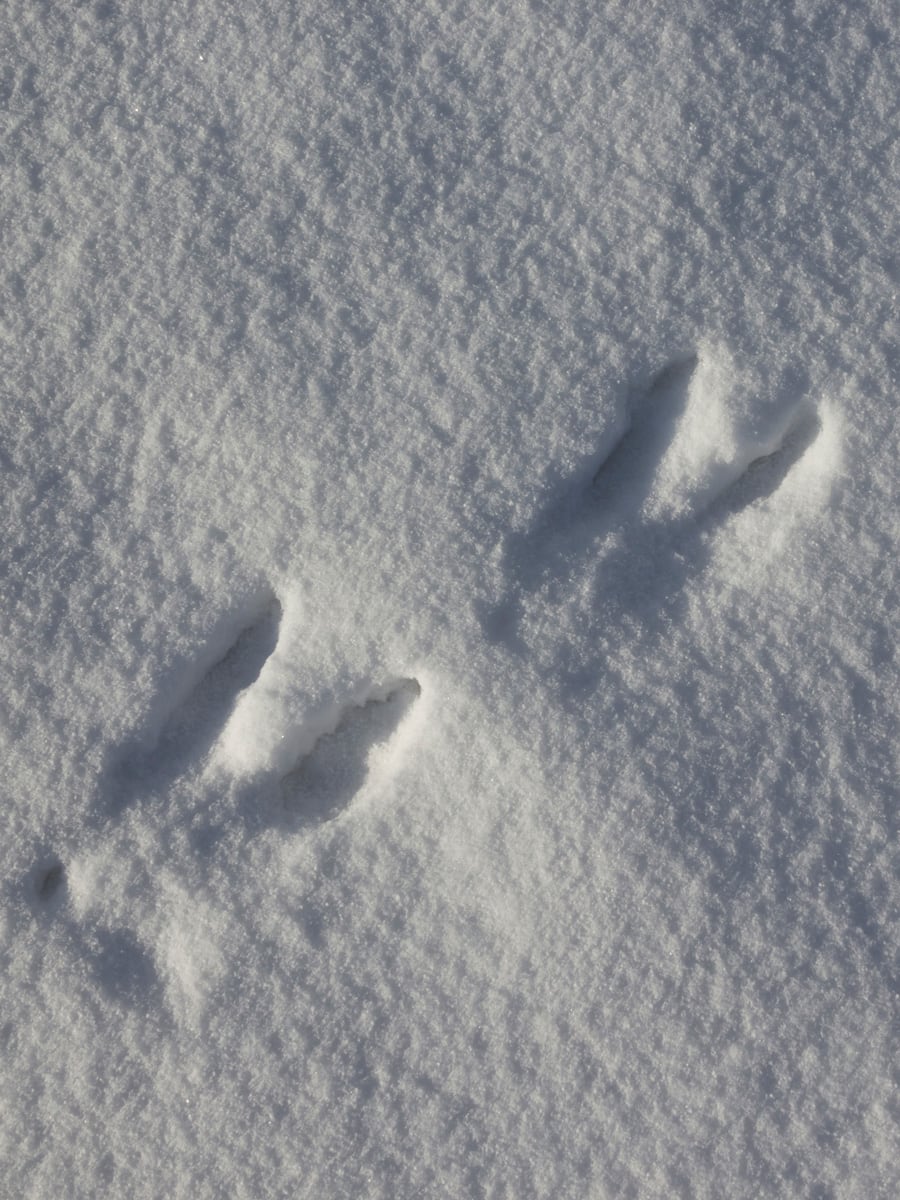
In winter, you may find moose tracks near rivers and streams, as they are less likely to freeze over completely, providing the moose with access to both food and water.
Wrapping Up Our Trek On Yellowstone's Snowy Tracks!
Yellowstone's snow is like a diary, filled with the footprints of animals that tell us who's been there before us. You might see the deep tracks of a moose walking alone or the paw prints of wolves moving together.
Keep these tips in mind for your next winter walk in the park. They'll help you enjoy the stories the snow tells and stay safe by knowing which animals are around.
